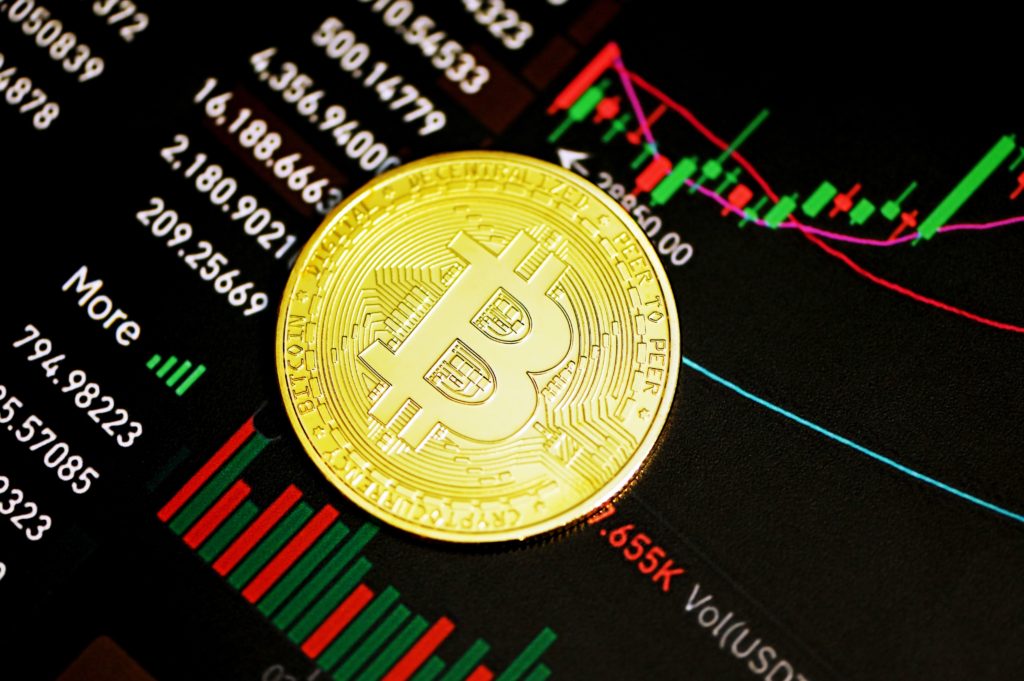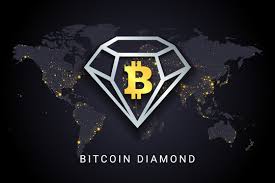As you know, Bitcoin is limited to 21 million coins. When all coins are mined, new ones will not appear. With this property, Bitcoin is fundamentally different from fiat currencies. The money supply of traditional currencies is constantly growing because the government benefits from inflation. At the same time, this leads to currency devaluation.

This is not the case with Bitcoin. Over time, it should only become more valuable as the number of new coins entering the system is constantly decreasing. What will happen to Bitcoin when all the coins are mined? Let’s figure it out.
Total 21 million
Only 21 million bitcoins can be mined, and once miners unlock this amount of bitcoins, the supply will be depleted.
Currently mined about 18.5 million bitcoins. There are less than three million pieces left that have yet to be put into circulation.
While there could ever be a maximum of 21 million bitcoins, since people lost their private keys or died without giving anyone instructions on how to use their crypto assets, the actual amount of available bitcoins in circulation could be millions less.
Mining reward
The first 18.5 million bitcoins have been mined in ten years since the launch of the network. With only three million coins left, it might seem like we are in the final stages. This is true but in a limited sense. While it is true that most of the Bitcoins have already been mined, the timeline for replenishment is much more complex.
The bitcoin mining process rewards miners with a chunk of coins after successfully verifying a block. This process adapts over time.
When bitcoin was first started, the reward was 50 bitcoins. In 2012, it was halved to 25 bitcoins. In 2016, it again fell by half to 12.5 bitcoins. On May 11, 2020, the reward was split again to 6.25 bitcoin.
The reward will be halved every four years until the last bitcoin is mined. The last bitcoin is unlikely to be mined until around 2140. However, Bitcoin’s network protocol may change after this point.
The bitcoin mining process provides miners with a reward in bitcoin, but the amount of reward is periodically reduced to control the release of new tokens.
Halving
As mentioned earlier, the bitcoin production rate is halving roughly every four years. Thus, the impact of the final supply of bitcoins on bitcoin miners
It would seem that the group of individuals most directly affected by the restriction on the supply of bitcoins would be the miners themselves. Some opponents of the protocol argue that miners will be forced to abandon the block rewards they receive for their work once the amount of Bitcoin reaches 21 million in circulation.
Without the incentive provided by the new bitcoin prize at the end of the rigorous and costly mining process, miners cannot continue to support the network. This would be disastrous for the first cryptocurrency.
Mining is not just a process of introducing new tokens into an ecosystem; it is primarily a way of maintaining and servicing a decentralized blockchain (in the absence of a central bank or other unified body). If miners give up their work, the network may be forced to move to centralization or completely collapse.
Even when the last bitcoin is produced, miners will likely continue to actively and competitively participate and validate new transactions. The reason is that every bitcoin transaction comes with a small transfer fee.
These fees, although currently several hundred dollars per block, could potentially rise to many thousands of dollars per block, especially as the number of transactions on the blockchain increases and the price of bitcoin rises.
Ultimately, the network will function as a closed economy in which transaction fees are charged in the same way as taxes.
Special considerations
It is worth noting that it is projected that it will take over 100 years before the bitcoin network reaches its last token. In fact, as the year 2140 approaches, miners will likely spend years receiving rewards that are only tiny portions of the last bitcoin to be mined.
A dramatic decrease in the size of the reward could mean that the mining process will completely change well before the deadline of 2140.
It’s also important to keep in mind that the Bitcoin network itself is likely to change significantly over time. Considering how much has happened to bitcoins in just ten years – hard forks, new protocols, and new methods of recording and processing transactions – any number of factors can affect the mining process.











